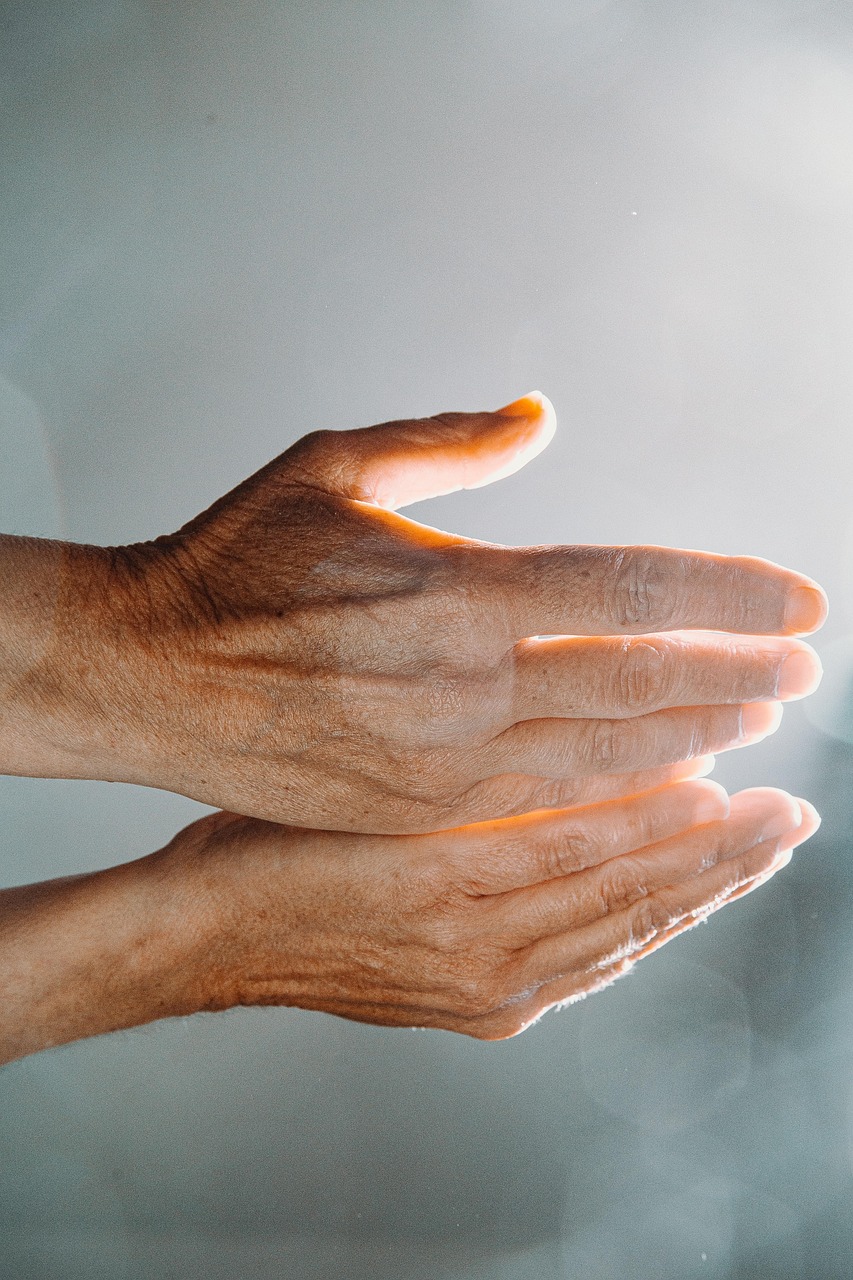




Compensation For Dupuytren’s Contracture
How To Claim For ‘Claw Hand’
Recognised as a work-related injury due to use of vibratory tools or heavy industrial equipment, you may claim compensation for Dupuytren’s Contracture. This crippling hand condition is often referred to as ‘claw hand’. Developing gradually, it is when one or more fingers become permanently bent in a flexed position.
Also historically known as Viking Disease of Celtic hand, it tends affect those with Northern European heritage. In Scotland, it has been called ‘miner’s hand, although that has become less common.
If you have been diagnosed with Dupuytren’s Contracture, you may want to seek a personal injury claim for compensation. You may be eligible if your employer has been negligent which may have led to the condition.
Jefferies Claims works with lawyers who operate on a ‘No Win, No Fee’ basis and can advise on whether you have a potential claim.
What Exactly is Dupuytren’s Contracture?
Dupuytren’s contracture is a progressive hand condition affecting the connective tissue under the skin of the palm and fingers. Over time, this tissue thickens and tightens. This causes one or more fingers to be pulled towards the palm in a bent (flexed) position. The condition can range from mild to severe. In the condition’s advanced stages, it can significantly impair hand function.
It was a French surgeon, Baron Guillaume Dupuytren who first operated on it in the early 19th century. He also first described the condition and it was named after him.
Is It Also Called ‘Claw Hand’ or ‘Miner’s Claw’?
Dupuytren’s contracture has historically been associated with certain professions and colloquial names. This includes ‘miner’s claw’ which refers to the high prevalence of the condition amongst coal miners during the 20th century. It has become less used now.
Research has indicated that years of manual labour, involving heavy use of the hands in tough working conditions, seemed to correlate with the development of Dupuytren’s.
The condition has also often been referred to as ‘claw hand’. However, it’s important to note that ‘claw hand’ is not exactly the same as Dupuytren’s in medical terms. ‘Claw Hand’ is a broader term which refers to any condition where the fingers are abnormally bent. This may also be a result of nerve damage or other disorders.
Symptoms of Dupuytren’s Contracture
The progression of Dupuytren’s contracture can be quite slow, and symptoms appear over a prolonged period of time, often years. Here’s what to watch for:
- Nodules: Small lumps or nodules under the skin of the palm. These can feel tender initially but are usually painless as the condition progresses.
- Pitting and Thickening: The skin of the palm may appear dimpled or puckered, with thickened bands of tissue developing.
- Finger Contracture: Over time, one or more fingers, usually the ring and little fingers, begin to curl inwards toward the palm.
- Reduced Hand Function: As the fingers curl, it becomes increasingly difficult to straighten them. This may have an impact on grip, hand function, and the ability to perform everyday tasks.
- Bilateral Involvement: Often, both hands are affected, although the severity can differ between hands.
The condition isn’t typically painful, but the gradual loss of hand function can significantly affect quality of life.
When Is Dupuytren’s Contracture Considered a Work-Related Injury?
Dupuytren’s Contracture is officially recognised as an industrial disease by the Department of Work and Pensions. It is listed under the Industrial Injuries Disable ment Benefit (IIDB) for those that meet the criteria.
Dupuytren’s contracture can have a significant effect on your ability to work, especially if your job relies on fine motor skills, grip strength, or manual dexterity.
You may be entitled to make a Dupuytren’s contracture compensation claim if you can prove that work has either caused or made your condition worse.
Common Occupations and Dupuytren’s Contracture
- Workers who have used vibrating tools in their occupation for an extended period (typically at least 10 years of frequent exposure).
- Workers exposed to heavy manual labour, especially in mining, construction, shipbuilding, or manufacturing.
However, it’s important to note that not every case of Dupuytren’s contracture will be considered work-related. The condition can also be hereditary and is more common in older individuals. It is particularly diagnosed in men over 50 of Northern European descent.
Can You Make a Personal Injury Claim?
You may be able to start a personal injury claim if you can show that your employer was negligent in their duty of care. Employers are legally bound to ensure the health and safety of their workers. You will have to be able to show that your working conditions contributed to the development of Dupuytren’s contracture.
To make a claim, you’ll typically need to demonstrate:
- Your work involved activities which could increase the risk of developing the condition, e.g. prolonged use of vibrating tools.
- Your employer failed to take reasonable steps to protect you, such as providing adequate breaks, protective equipment, or health monitoring.
- That there’s a direct link between your work and the development of the condition, supported by medical evidence.
Claims must also be made within three years from the date you were diagnosed or from when you first became aware that your condition was work-related. Compensation may vary, but generally covers medical expenses and pain and suffering. Lost wages and travel expenses to access treatment are also considered.
If successful, compensation can help cover not just medical costs, but also the impact on your ability to work and enjoy life as you did before.
How to Start a Claim
If you believe your Dupuytren’s contracture is work-related, the first step is to seek medical advice and obtain a proper diagnosis. It is essential to consult with a personal injury solicitor who is experienced in industrial disease claims.
At Jefferies Claims, we will guide you through the claims process. We partner with highly experienced lawyers who will assess all aspects of your case and who work on a ‘No Win, No Fee’ basis.
Contact Jefferies Claims today at 0333 358 3034 or complete our online contact form to arrange an initial no-obligation telephone consultation.
